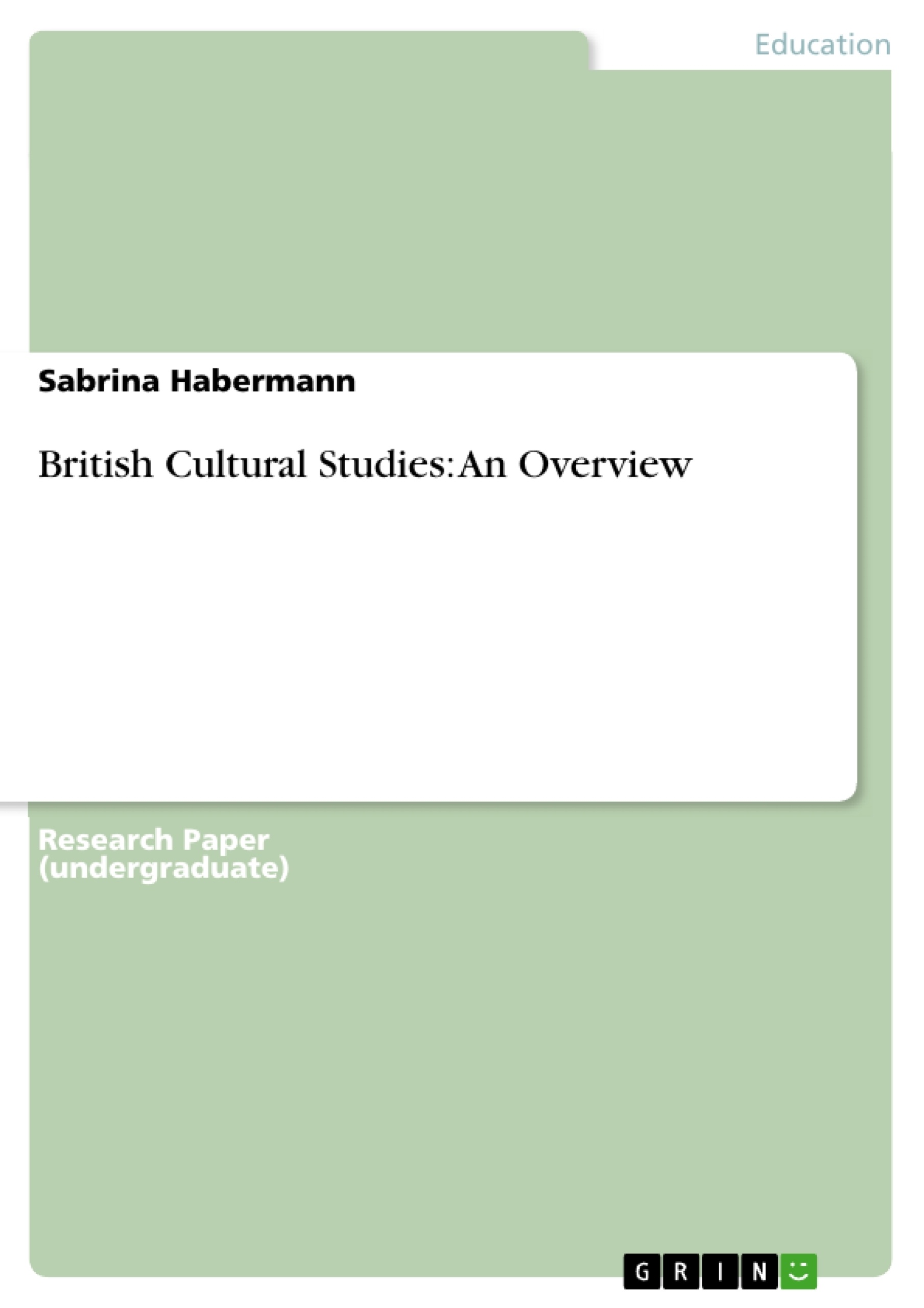A large number of people believe that everything that is man - made can be seen as culture.
Moran leaves no doubt about those products' importance, when he writes: ”Products, the
visible dimension of culture, are the gateway to the new culture, the new way of life” (p. 48).
But are there only architecture, paintings, literature, music, language, and food which come to
mind if we think of a country's culture? The iceberg model shows that these aspects represent
only a small amount of culture that, just like the visible section of an iceberg above the
waterline, can be seen easily and understood clearly. However, there are a lot more facets,
also like an iceberg, that can only be suspected or imagined. These parts of the iceberg are its
foundation and the iceberg model makes clear that it is impossible to understand people from
different cultural backgrounds, unless we are able to appreciate what the foundations of their
culture are. But no matter how many different definitions of the term "culture" exist, a lot of
them cover problems concerning the human beings and their life in a community. This implies
that we can't learn about another country's culture by reading a lot of books about it, but we
need the encounter with another way of life. In that way, culture can also be seen as a concept
which regulates the interpersonal cohabitation of human beings in a collective. This collective
does not have to be a country by all means, but can also be a group of people with the same
interests. If some people who are fond of a special musical genre such as goth, pool together,
they have their own culture, too and it is not necessary that they live in the same country. But
it is not merely the music that connects them, but rather "shared interpretations about beliefs,
values, and norms, which affect the behaviors" (Lustig, Koester, 2003, p. 27) and influence
the way their thinking is organized. [...]
Inhaltsverzeichnis (Table of Contents)
- Own discussion and analysis of the term "culture".
- The United Kingdom - four countries or only one
- Different Roots
- Britishness
- A Political Union
- Conclusion
- Television in Britain
- The Soap Operas' Popularity
- EastEnders
- The Setting
- British Social Realism
- Cast And Characters
- Developing Cultural Awareness
- Teaching Unit On Notting Hill Carnival
- The Beginning
- Collecting Previous Knowledge
- Groupwork
- Gallery Walk
- Discussion With A Partner
- Teaching Unit On Notting Hill Carnival
- References
Zielsetzung und Themenschwerpunkte (Objectives and Key Themes)
This paper explores the complex concept of "culture" in the context of the United Kingdom, examining its various definitions and how it applies to the four nations that comprise the UK. The paper aims to analyze the differences and similarities between these nations and to shed light on the unique cultural identities that exist within the UK. Here are some of the key themes:- The multifaceted nature of culture and its definition.
- The historical and cultural differences between England, Scotland, Wales, and Northern Ireland.
- The concept of "Britishness" and its validity in a diverse and multicultural society.
- The role of politics and devolution in shaping the UK's identity and its impact on the relationship between the four nations.
- The importance of understanding cultural differences and promoting cultural awareness.
Zusammenfassung der Kapitel (Chapter Summaries)
Own discussion and analysis of the term "culture"
This chapter begins by examining the multifaceted concept of "culture," highlighting its visible and invisible dimensions. It emphasizes the importance of understanding the underlying values, beliefs, and norms that shape a culture. The chapter concludes by emphasizing the need for open-mindedness and acceptance in navigating cultural differences.The United Kingdom - four countries or only one
This chapter explores the complex question of whether the United Kingdom is truly one nation or four. The analysis dives into the historical and cultural factors that contribute to the distinct identities of England, Scotland, Wales, and Northern Ireland. It discusses the role of immigration and the development of unique traditions and values in each nation.Television in Britain
This chapter focuses on the role of television in shaping British culture. It delves into the popularity of soap operas, particularly "EastEnders," examining its realistic portrayal of British life and its influence on social realism. The chapter highlights the unique qualities of British television and its impact on audiences.Developing Cultural Awareness
This chapter presents a practical example of how to cultivate cultural awareness through a teaching unit on the Notting Hill Carnival. It outlines the various stages of the unit, including the gathering of prior knowledge, group work, and discussions. The chapter emphasizes the importance of interactive learning experiences in fostering cultural understanding.Schlüsselwörter (Keywords)
The central keywords of this paper include culture, Britishness, identity, national identity, multiculturalism, immigration, devolution, politics, television, soap opera, and cultural awareness. The work explores the interplay between these concepts in understanding the unique and diverse cultural landscape of the United Kingdom.- Quote paper
- Sabrina Habermann (Author), 2010, British Cultural Studies: An Overview, Munich, GRIN Verlag, https://www.grin.com/document/263611



